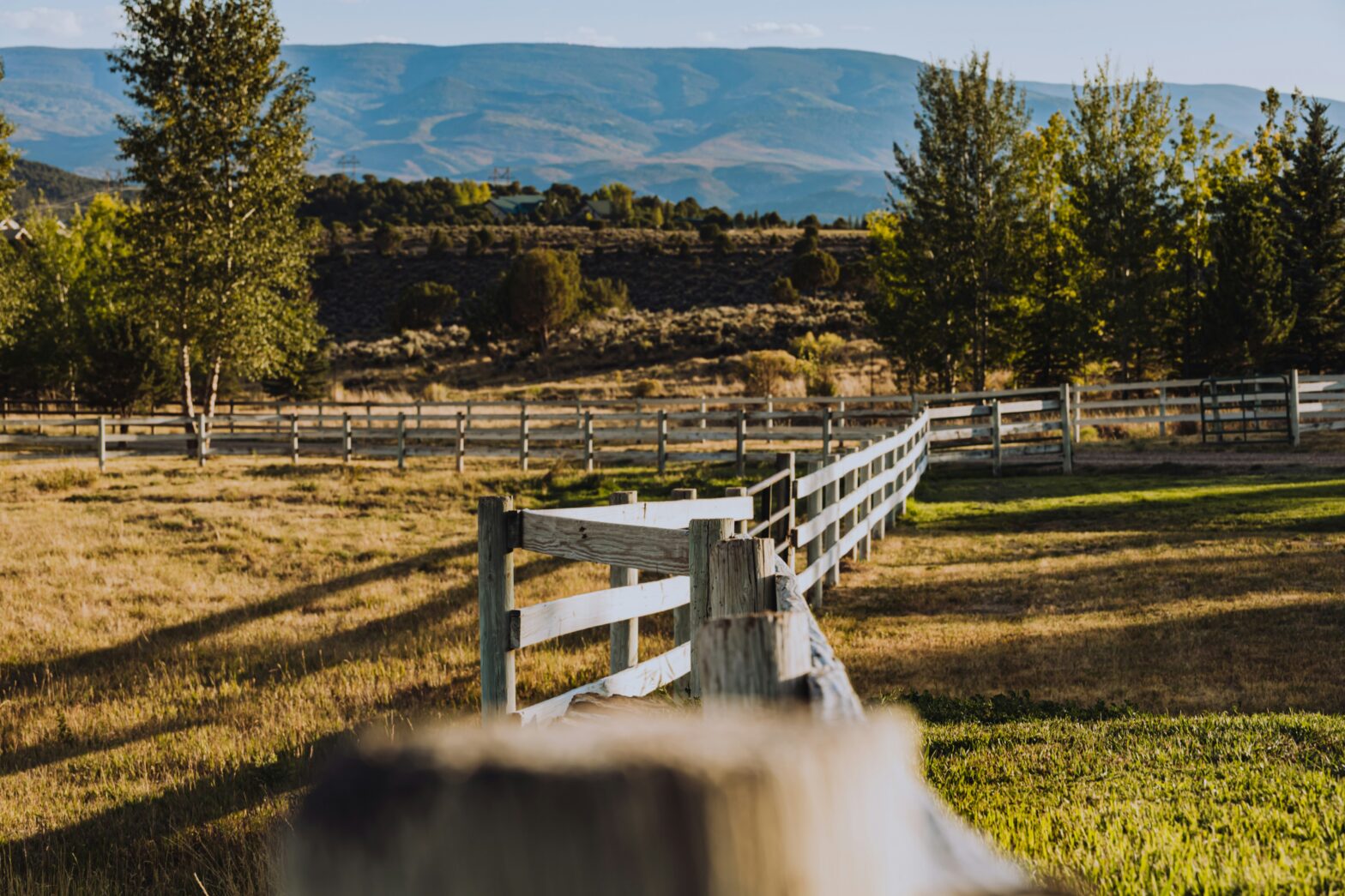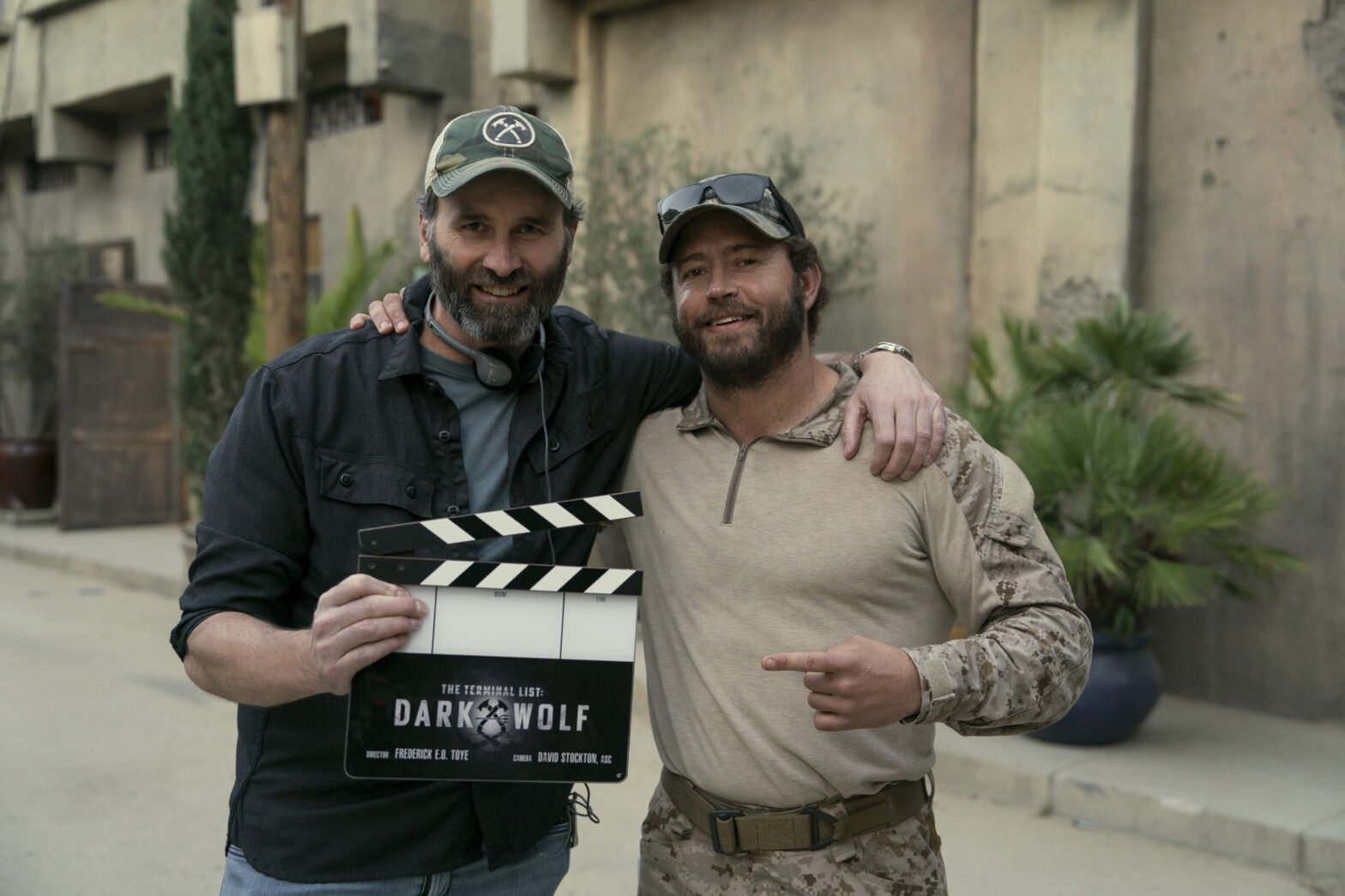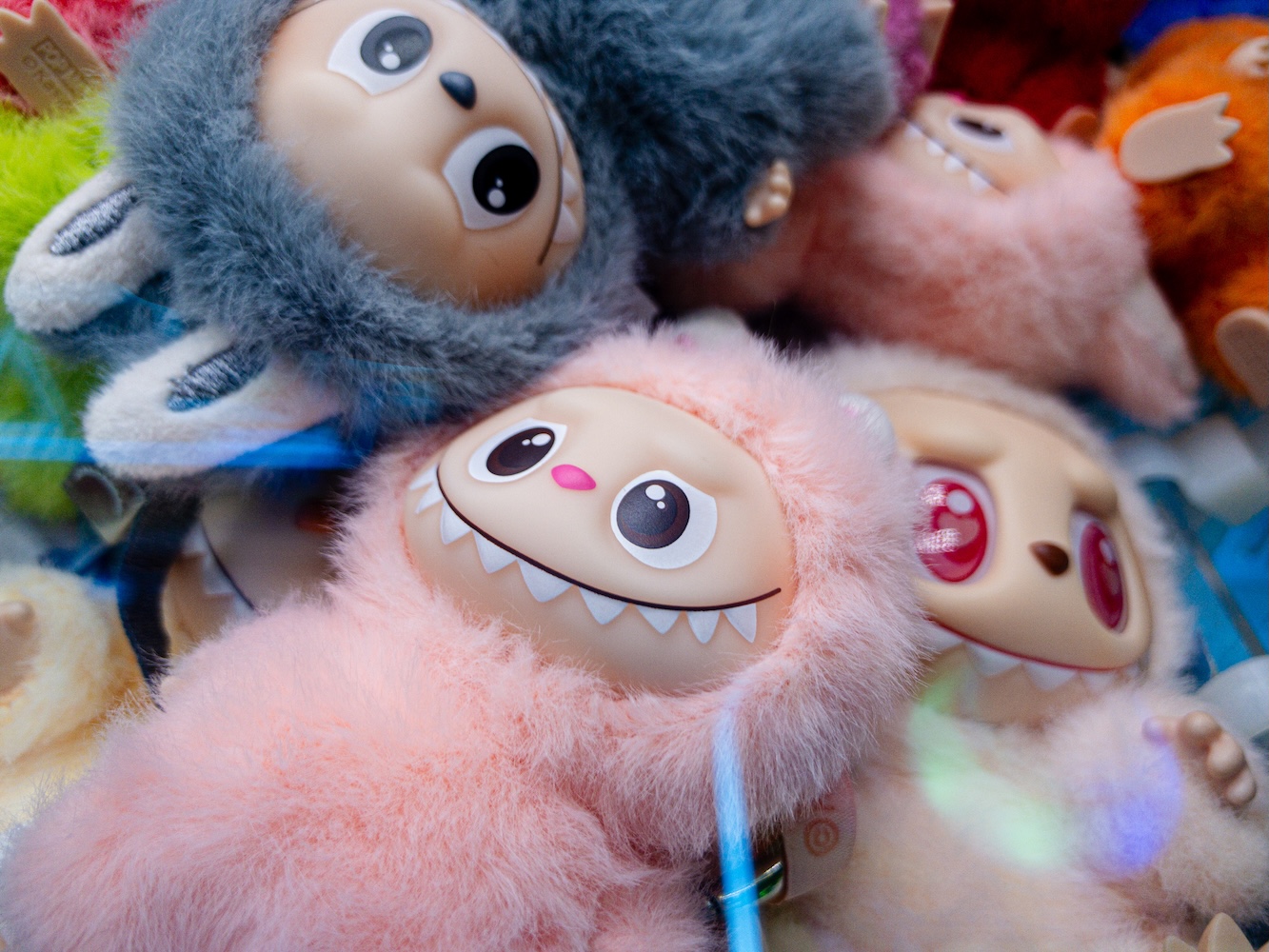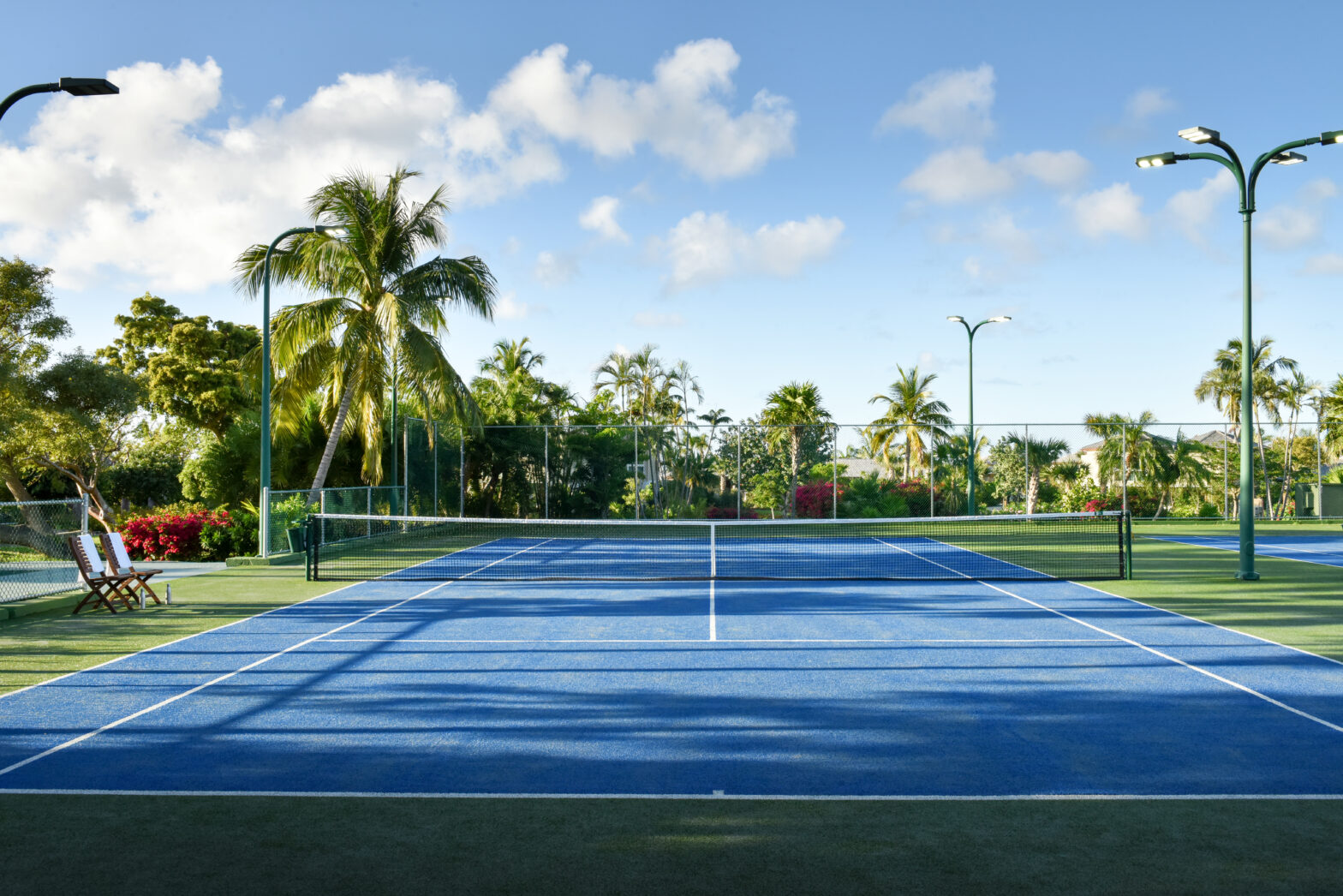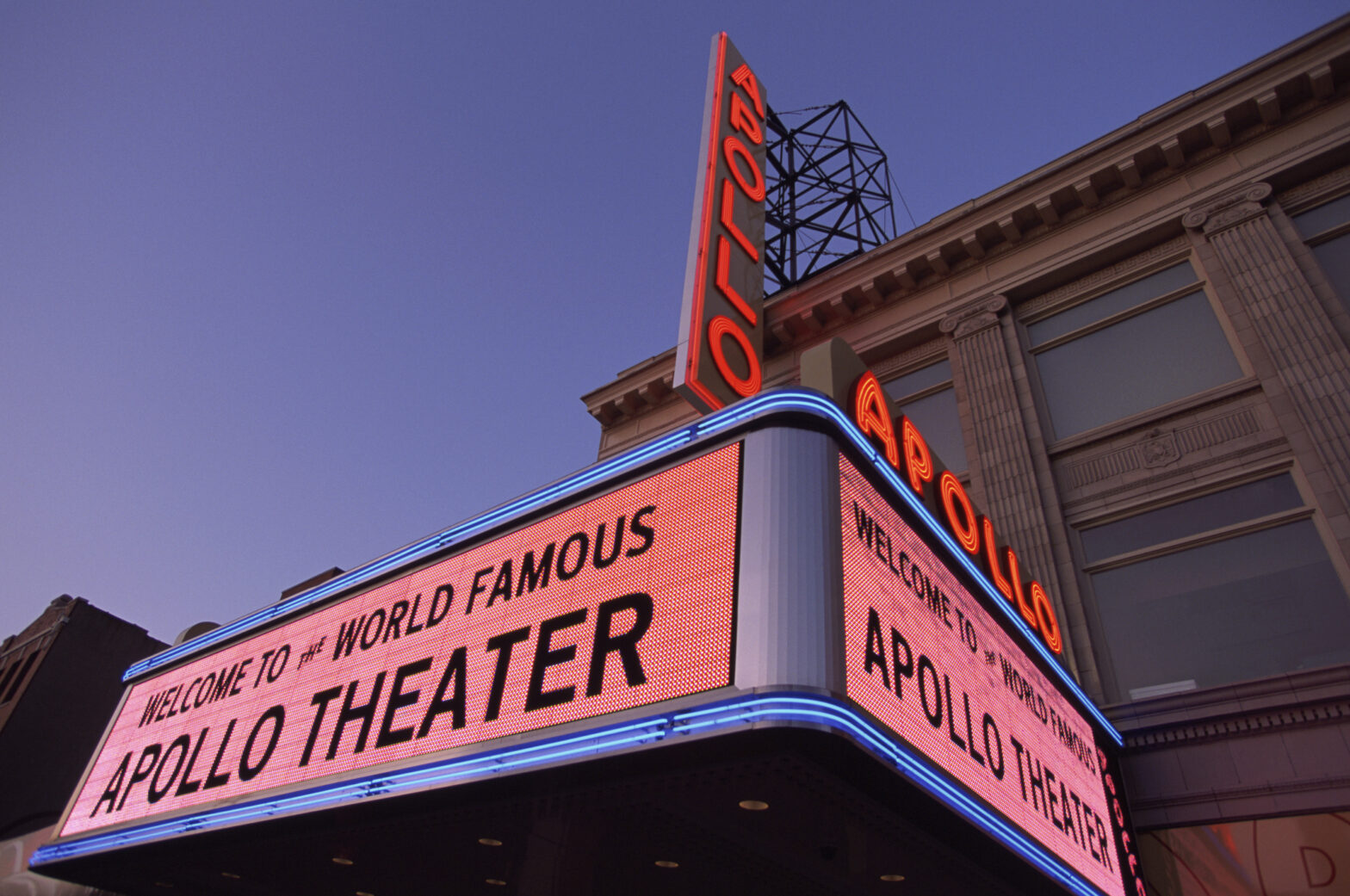Harlem has stories of Black excellence for days. As noted by History, “this Black cultural mecca birthed a social and artistic explosion from roughly the 1910s to the 1930s.” Groups of Black people coming mostly from the South settled in Harlem during The Great Migration and made it their own. History mentions that “by 1920, some 300,000 African- Americans from the South had moved North, and Harlem was one of the most popular destinations for these families.”
There were two principal reasons for the mass migration to the North and to Western states like California and Washington. The first was to try and escape the crippling Jim Crow laws prevalent in the South. The second was to find gainful employment with the steel mills, railroads and tanneries. But it wasn’t all work and no play. Luminaries like Langston Hughes and Zora Neale Hurston made their mark in the literary world, Louis Armstrong changed music forever, and Paul Robeson “gave Black actors opportunities for stage work that had previously been withheld.”
The Cotton Club was the Studio 54 of its day; attracting top talent like Nat King Cole, Count Basie and Billie Holiday.
Several streets in Harlem are named for Black legends. There’s Malcolm X Boulevard, Adam Clayton Powell Jr. Boulevard and Frederick Douglass Boulevard.
A day isn’t nearly enough. But if that’s all you have, here’s how to spend 24 hours in Black-owned Harlem.
Morning
View this post on Instagram
Grab brunch at BLVD Bistro, a chic spot on Frederick Douglass Boulevard and 116th Street. The B and C train lines are right there and reservations are suggested.
Fried chicken, collard greens, grits, catfish- all of the soul food staples are here to enjoy.
Grab a James Baldwin, Nat Turner or Nina Simone cocktail. Too heavy for brunch? Have a mimosa or Bellini instead.
Hit up The Schomburg Center, a world- renowned institution for Black studies and history. There’s also a shop on site that sells merchandise by mostly Black and brown artists.
Afternoon
View this post on Instagram
Since 1964, Harlem School of The Arts “aims to empower youth to reach their full potential in the arts, education and life.” Students can study music, musical theater, dance and art.
The Apollo Theater opened in 1914. You can go on a tour, rent the venue for a special occasion or check out Amateur Night.
You might be curious to know that Ella Fitzgerald was one of the early winners of Amateur Night when she was 15 in 1934.
There’s a slew of black eateries and bakeries you can check out. Melba’s and Sylvia’s are soul food hubs. There’s also Chocolat Restaurant and Bar, Seasoned Vegan and Tsion Cafe.
Evening
View this post on Instagram
Spend the evening with a few craft beers courtesy of Harlem Hops! It’s the first and only Black-owned craft beer establishment in Harlem.
Not huge on beers, IPAs or ciders? No problem. There are also cocktails on offer like Langston’s Choice with a tequila base. Feeling peckish? There are mini sausages, meat and vegetable pies, sandwiches and soft pretzels.
Listen to live music or dance up a storm courtesy of Shrine.
This spot may not look like anything fancy on the outside. But the vibe is exciting as is the schedule. Bluegrass, Samba, Salsa, Hip-Hop- it’s all there. And Dancehall evenings with a live DJ are always on point. Did we mention the food is as well?

